alternatives to pumice?
BasicPoke
9 years ago
Featured Answer
Sort by:Oldest
Comments (44)
greenman28 NorCal 7b/8a
9 years agonil13
9 years agoRelated Professionals
Derry Landscape Architects & Landscape Designers · New Bedford Landscape Architects & Landscape Designers · Graham Landscape Architects & Landscape Designers · Horsham Landscape Architects & Landscape Designers · Oak Forest Landscape Contractors · Paramount Landscape Contractors · South Lyon Landscape Contractors · Waltham Landscape Contractors · Woodland Landscape Contractors · Alabaster General Contractors · DeRidder General Contractors · Midlothian General Contractors · North Lauderdale General Contractors · Overlea General Contractors · Tualatin Carpenterspirate_girl
9 years agocactusmcharris, interior BC Z4/5
9 years agoBasicPoke
9 years agopenfold2
9 years agojojosplants
9 years agobikerdoc5968 Z6 SE MI
9 years agobob61
9 years agobikerdoc5968 Z6 SE MI
9 years agopenfold2
9 years agobikerdoc5968 Z6 SE MI
9 years agoBasicPoke
9 years agoangellilly
9 years agoBasicPoke
9 years agogreenman28 NorCal 7b/8a
9 years agopenfold2
9 years agoJoe1980
9 years agogreenman28 NorCal 7b/8a
9 years agowantonamara Z8 CenTex
9 years agoBasicPoke
9 years agogreenman28 NorCal 7b/8a
9 years agowantonamara Z8 CenTex
9 years agoBasicPoke
9 years agoBasicPoke
9 years agoBasicPoke
9 years agopenfold2
9 years agoBasicPoke
9 years agoBasicPoke
9 years agopenfold2
9 years agoBasicPoke
9 years agopenfold2
9 years agoBasicPoke
9 years agonomen_nudum
9 years agopenfold2
9 years agobikerdoc5968 Z6 SE MI
9 years agodeva33 Z8 Atlanta
9 years agomingtea
9 years agobikerdoc5968 Z6 SE MI
9 years agomingtea
9 years agobikerdoc5968 Z6 SE MI
9 years agotapla (mid-Michigan, USDA z5b-6a)
9 years agoBasicPoke
9 years ago
Related Stories

GARDENING GUIDESNew Ways to Think About All That Mulch in the Garden
Before you go making a mountain out of a mulch hill, learn the facts about what your plants and soil really want
Full Story
HOUSEKEEPINGHow to Clean Grout — Stains and All
If your grout is grossing you out, this deep-cleaning method will help it look new again
Full Story
GREEN BUILDINGHouzz Tour: See a Concrete House With a $0 Energy Bill
Passive House principles and universal design elements result in a home that’ll work efficiently for the long haul
Full Story
MOST POPULAR33 Magic Household Cleaning Tips
Houzzers from around the world share their tips for transforming housework into child’s play
Full Story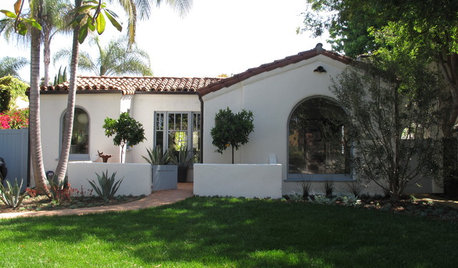
ARCHITECTURERoots of Style: Many Cultures Make Their Marks on Mediterranean Design
If you live in California, Florida or certain other parts of the U.S., your architecture may show distinct cultural influences
Full Story
BATHROOM DESIGN5 Common Bathroom Design Mistakes to Avoid
Get your bath right for the long haul by dodging these blunders in toilet placement, shower type and more
Full Story
CLEANINGThe Basics and Essentials of Natural Cleaning Solutions
A few household ingredients provide a sparkling-clean home
Full Story
HOUSEKEEPINGDishwasher vs. Hand-Washing Debate Finally Solved — Sort Of
Readers in 8 countries weigh in on whether an appliance saves time, water and sanity or if washing by hand is the only saving grace
Full Story
BATHTUBSBefore and After: Tubs That Say Hello to Glass
Clear glass enclosures give these 5 tub-shower combos a sleek new look. Could this be an option for you?
Full Story
LANDSCAPE DESIGNNatural Swimming Pools: More Beauty, No Chemicals
Keep your skin and the environment healthy with a pool that cleans itself, naturally
Full Story





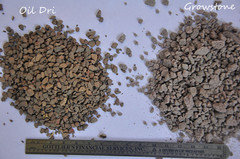
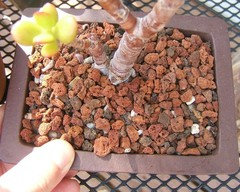
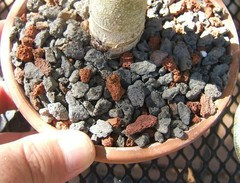
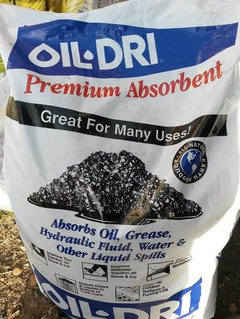
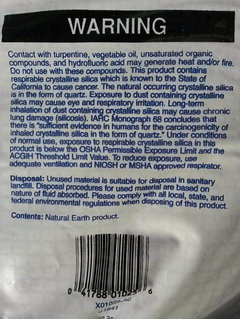
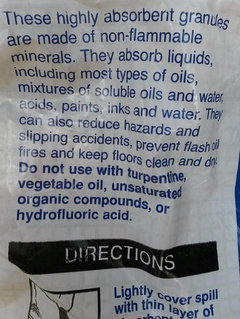
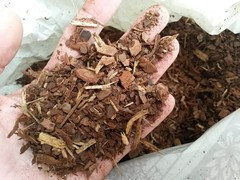
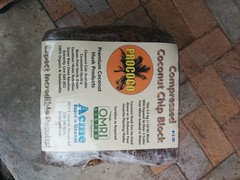
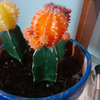
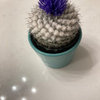
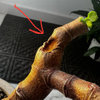
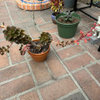
greenman28 NorCal 7b/8a